Semantics, lexicology
"The meaning behind words"
"The meaning behind words"
Semantics is the theory of meaning. It is a colorful discipline, encompassing various levels and concepts of meaning, be it lexical, formal, structural and functional.
It is also a field filled with heated debates, because meaning is more arbitrary, or to use a nicer expression, conventionalized, than one (= Plato) would imagine. Few words (animal sounds in Lingvopedia) have a direct, "natural" meaning, and even animal language is symbolic (bees communicate with dance, while whales have individual names).
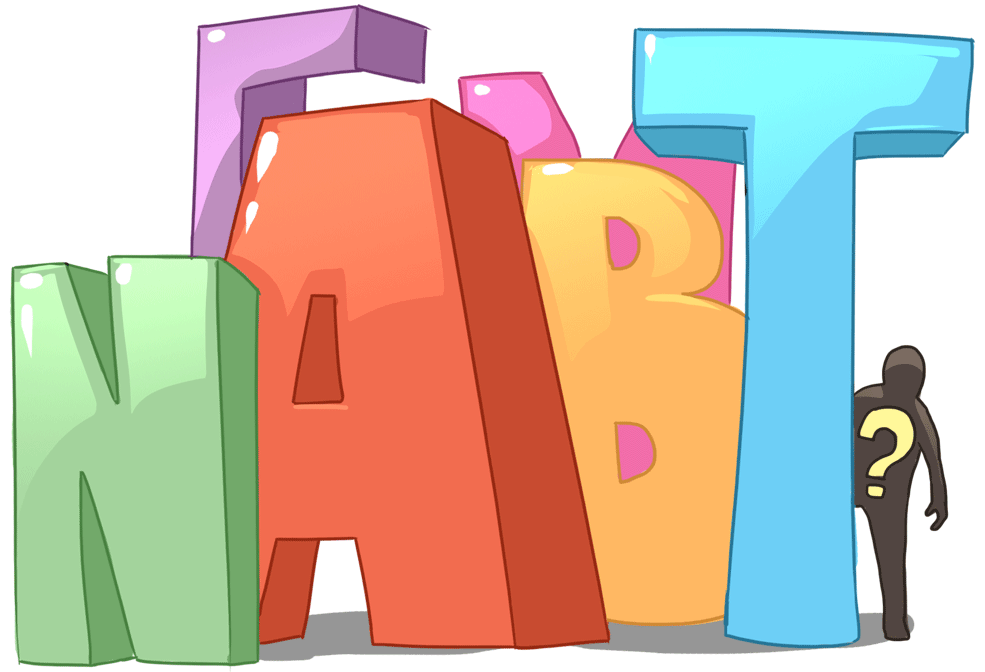
A case in point are color terms - despite of having biologically identical visual systems, humans disagree about how to divide the natural colour continuum into discrete, named colors. Different languages have between 2 and 11-12 simple color words, with red being the first to be added to simple black and white, followed by one or more terms for bluish-greenish (Berlin & Kay). But nobody agrees where the borders are. Welsh, for instance, has one word, glass, covering most of English blue/green, while Russian, on the other hand, subdivides blue into dark sinij and light golubojshades. And the descriptive logic in idioms is even worse: black eyes from an English football fight, for instance, will be diagnosed as Blaues Auge after a rematch in Germany. So, which colour is the correct diagnosis? We simply have to accept that meaning is usage within a (conventionalized) system of language, as Wittgenstein would put it. Therefore, a relative peace of mind arrived in linguistics with Saussure's distinction between signifiant and signifié: The sign is independent of its meaning. (See also Language and Thought)
Since words are easily accessible, discrete and small units of language, a lot of effort has gone into defining words, or, if possible, "prescribe" meaning etymologically (Isidore of Seville). Zillions of dictionaries, encyclopedias and classification schemes bear witness to this. A naive point of departure is to assign each word a referent in the real (non-linguistic) world, but this works only for proper nouns (names) and biological taxonomies, or - at a more abstract level - so-called deictic (pointing) words such as I, you, she, here, there, now, yesterday). Most words, however, correspond not to things or points in space-time, but to concepts. And since those reside in the mind, it is easy for two people to have slightly different ideas about the same word.
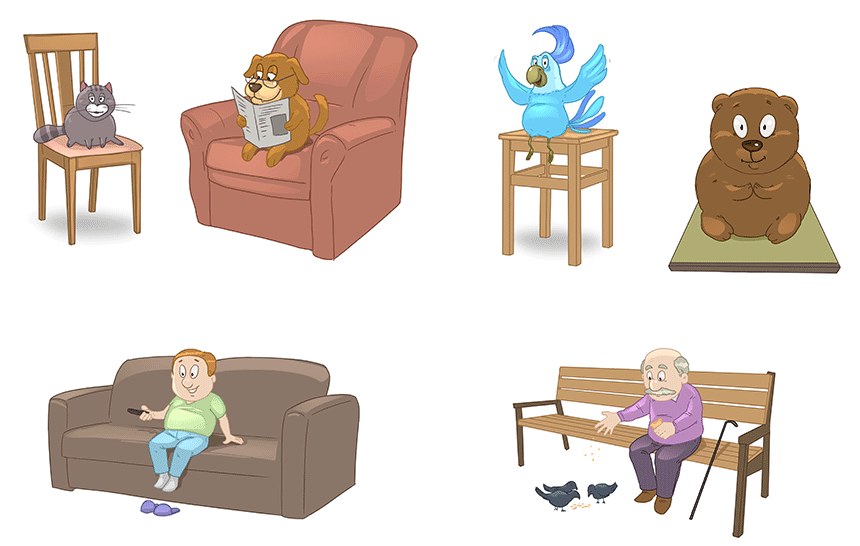
A fairly neutral approach to classification is the paradigmatic approach. It works independently of referent, definitions, etymology and observation, simply by testing which words can substitute for each other in the same context. For instance, the context "she sat down on a ...." will help to classify chair, sofa, stool, arm chair, bench as a similar type of thing ("sitting furniture"). And it may well be much easier to explain what a chair is by noting its purpose (to sit on) rather than define it precisely (how many legs? if any?). Nevertheless, each culture will have an idea about "the typical sitting tool", whether it's a chair or a tatami mat, and other sittables will be described by how they differ from a "normal" chair. Why? There is experimental psychological evidence that people structure their semantic landscape by lumping together concepts around so-called semantic prototypes. If you ask somebody to name a tool, it will be hammer in a very high percentage of cases, a musical instrument will be a violin, a number will be 7 ... but it's not telepathy, nor black magic. No, it's just semantic efficiency, because it is easier to distinguish than to define. Children start with prototypes like "dog" and "apple", then find out what animals and fruit means by learning, from usage, whether concept X is closer to "dog" or to "apple". Which is why for many children cats are dogs for a while (cute and furry), and tomatoes are apples (round and red).
Formal semantics strives to reduce utterances to propositions about states of affairs with definable truth values, quantifications and the like. Ideally, such propositions can be interpreted using mathematical logic and reasoning. (All politicians lie & all liars also cheat on their taxes -> if somebody pays their taxes, they're not a politician).
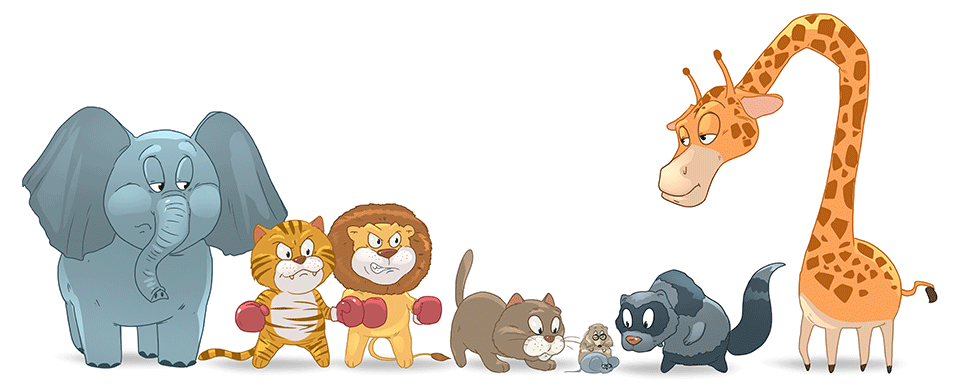
Another, a little less formal approach, is measuring meaning, for instance classifying mammals in terms of gradable features such as "how big" and "how ferocious". This will leave lions and tigers in one corner of the diagram, elephants and giraffes in another, cats and ferrets in a third, and mice and lemmings in the last. At a more systematic level, words can be described as binary bundles of "atomic" semantic features. For instance, it's possible to describe vehicles as +moving, -living, while animals are +moving, +living, and plants -moving, +living.
Structuralism has had a profound influence on modern semantics, and sees language as a network of systematic relationships. Based on the principle of compositionality, linguists try to map semantic relations onto syntactic relations between word meanings. The difference between paint a red house and paint a house red can be syntactically inferred from word order: red is part of a noun phrase (red house) in the former, but an independent clause part (paint - house - red) in the latter. Semantically this amounts to whether the house is red already before or only after the painting. Similarly, Romance languages exploit adjective positioning semantically. Thus, in Portuguese um cargo pesado is a heavy load, while um pesado cargo is a heavy duty, task or worry.
All descriptive science starts by classification, and semantics is no exception. One such semantic ordering system is a thesaurus, another is the numerical topic index of a library. Modern linguistic resources such as WordNets and ontologies, distinguish between different relations, such as
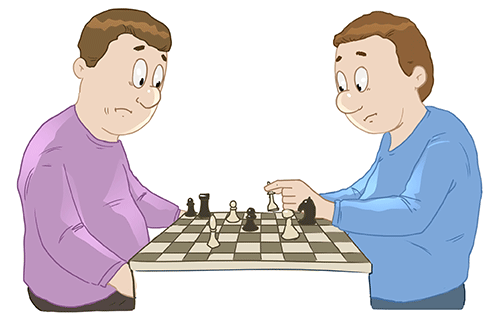 "X is a Y" (X=hyponym, Y=hypernym), for example chess is a game
"X is a Y" (X=hyponym, Y=hypernym), for example chess is a game 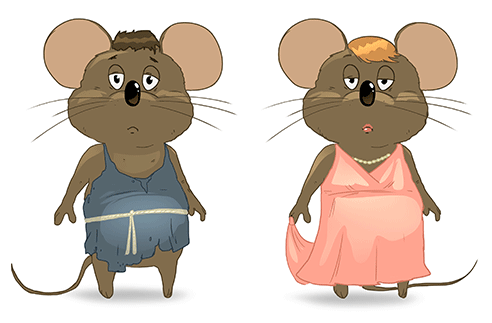 "X is the opposite of Y" (antonyms), for example ugly vs. beautiful
"X is the opposite of Y" (antonyms), for example ugly vs. beautiful  "X is a [constituent] part of Y" (meronymy), for example wheel and car
"X is a [constituent] part of Y" (meronymy), for example wheel and car But because language is a beast, you can't trust linguistic ontologies to follow biological ones, or even hold across languages. For instance, a dolphin is biologically a mammal, but linguistically often a fish, and while English potatoes are vegetables, German and Danish Kartoffeln/kartofler are not.
A pedagogically useful semantic ordering concept is a word field, listing for instance body words, golf words or horse words. Sometimes a word field may amount to an Is a classification (for example professions). But often the members of a word field are restricted neither by hyponymy nor word class. Thus, the horse word field contains not only thoroughbreds, stallions, mares and Trakehners, but also tools (like saddle), body parts (hooves) and actions (breed, gallop, neigh).
Traditionally, both ontologies, WordNets and word fields have been built by hand, with linguists relying solely on introspection and world knowledge. This somewhat subjective method has since been enhanced, and sometimes replaced, by computer-generated resources drawing on huge electronic text collections (like the internet), automatic grammatical analysis and statistics. Examples are automatically generated word fields in the form of co-occurence webs (Leipzig Wortschatz), or relational dictionaries (DeepDict, Sketch Engine). They syntactically extract what, for instance, a horse can (a) be [wild, dark, wooden, Trojan], (b) do [neigh, gallop, trot], or (c) have done to [tether, groom], simply by evaluating sentences where the word horse has the syntactic function of noun phrase head, subject or object, respectively.
Most of the classification systems described above obey J.R. Firth's 1957 assertion that you'll know a word by the company it keeps. In other words, semantics is all about word usage and the language system. In terms of being adjacent, words keep company in collocations. Some collocations are 100% fixed, and can be thought of as single semantic units (big bang, take place), while others are compositional but not fixed (high mountain, high temperature, high spirits, high noon).

But word company rules go beyond collocations. Verbs, in particular, project semantic slots for their syntactic arguments. To caress, for instance, has a subject slot for a (human) agent and an object slot for an "animate" entity (a human, an animal or a body part). One can say that in "Peter caresses Jane", Peter fulfils the semantic role of AGENT, and Jane, being animate, the role of EXPERIENCER.
An elegant way of explaining metaphor is to look at it as a clash of the semantic types of slot and filler, typically the former forcing a metaphorical interpretation on the latter. For example, there is a metaphorical transfer of animateness to inanimate concepts when a poet speaks of warm evening winds caressing her bare skin (wind = AGENT), or the players' fingers caressing the curves of his guitar (guitar = EXPERIENCER).
Of course, a functional reading of semantics has to interface not only downward with syntax, but also upward, with pragmatics and social linguistics. Thus, the pragmatic meaning (in angular brackets) of the examples below is not made explicit in the context, and can only be derived from pragmatic context:
I'll be in the lobby [= waiting for you, don't dawdle]
Have you stopped cheating on your girlfriend? [= you used to cheat on her]
The manipulation of pragmatic meaning is both an art and a powerful linguistic weapon. The poor guy in the last example, for instance, is in trouble, whether he answers yes or no. Humor, and in particular irony, can often be achieved by first projecting one interpretation, and then changing the meaning of an utterance by amending its context, turning a positive statement into a negative one:
Brazil is the country of the future [- and always will be]
What do you think of Zimbabwan democracy? [- I think it would be a good idea]
African was decolonialized in a democratic fashion: one man - one vote [- one time]
Finally, the selection of specific linguistic forms may be dictated by social constraints. Japanese, for instance, has many ways of saying I, for instance the formal watashi, the colloquial washi (male) and the cute atashi (female). A recent French social-linguistic complexity is the abolition of the unmarried female polite address form Mademoiselle (Miss, Ms), leaving only Monsieur (Mr) and Madame (Mrs). Of course, the country being France, many women were quite fed up with being degraded to what they perceived as a semantic feature bundle of +old, -sexy.